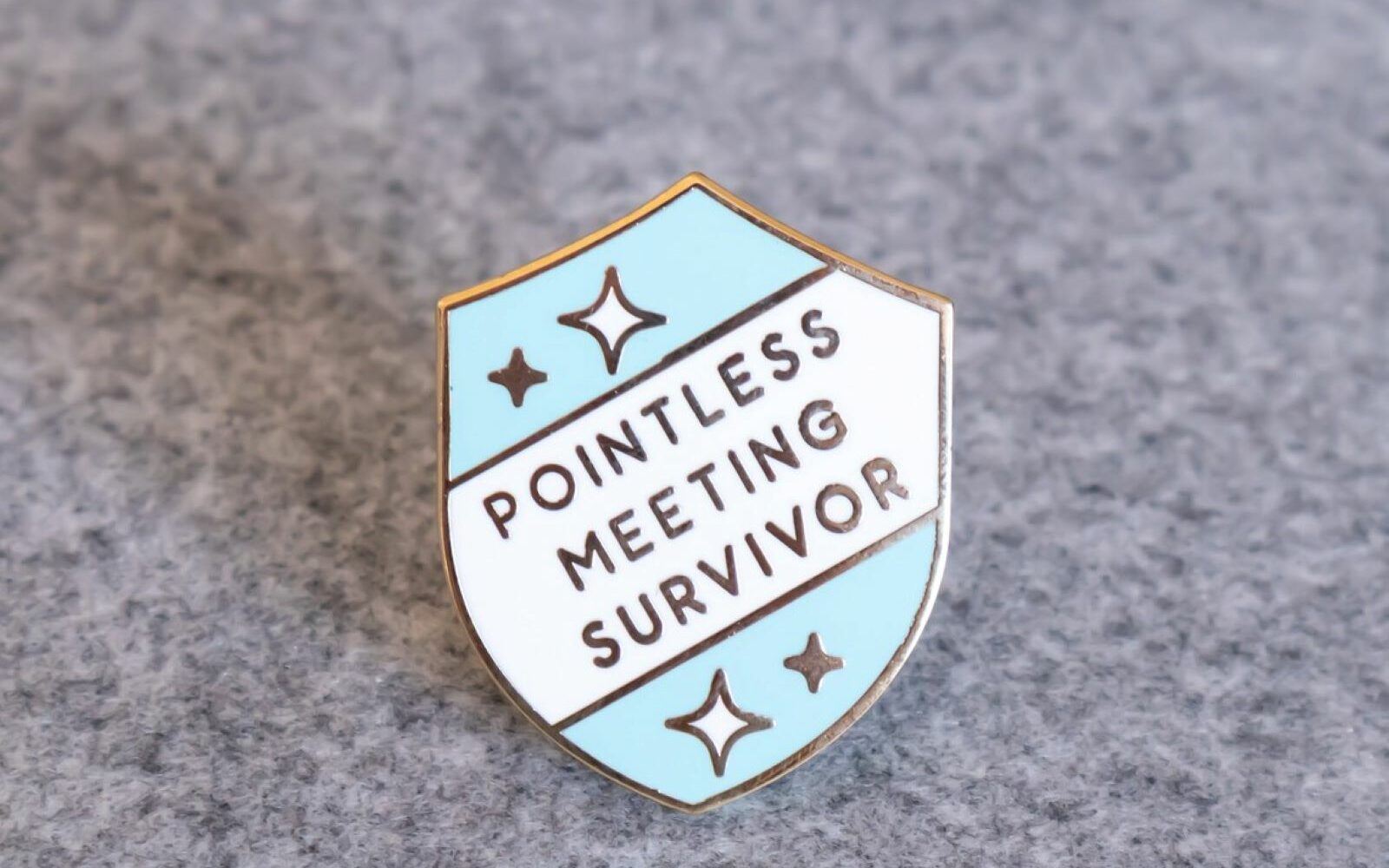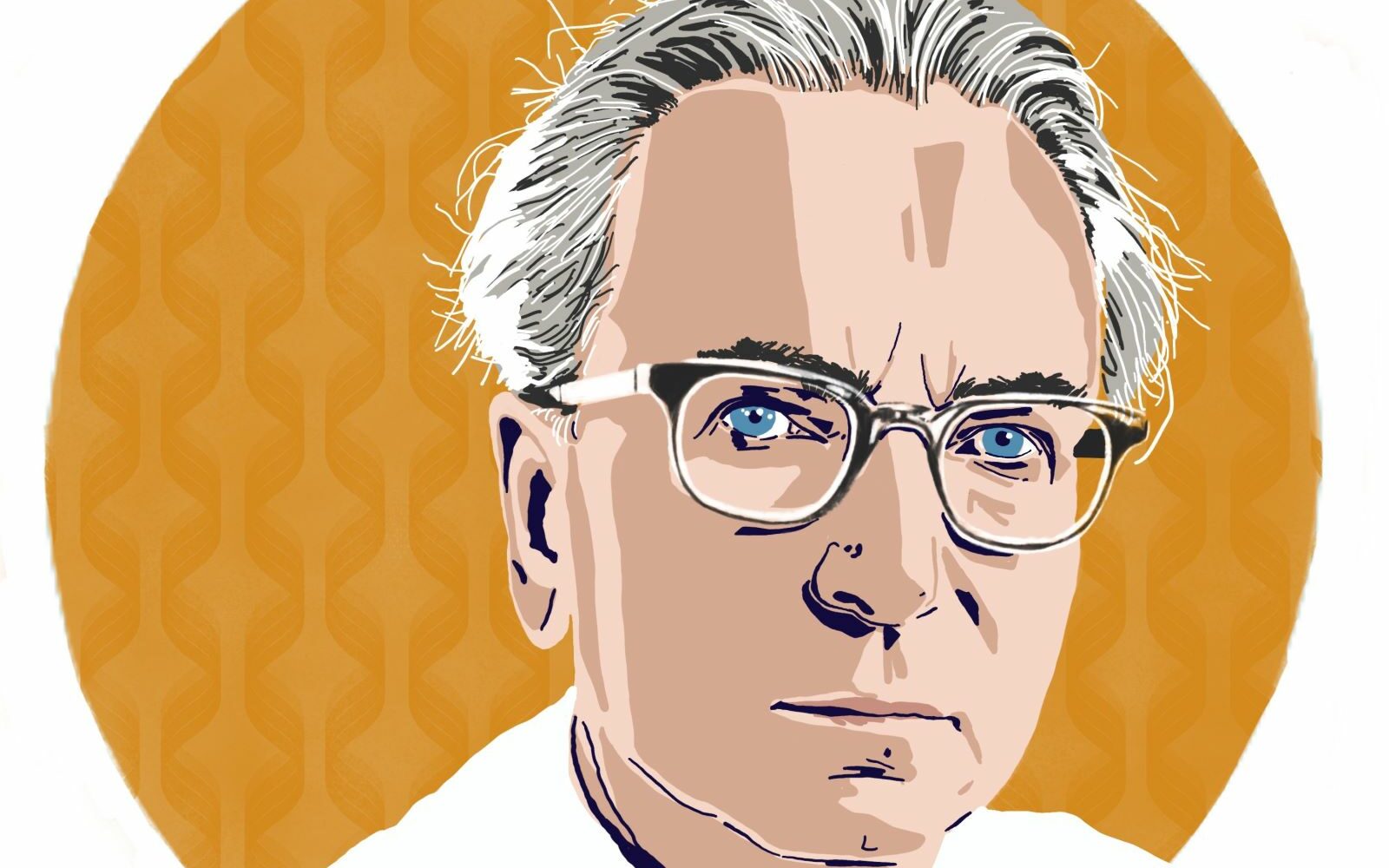In the realm of business and innovation, meetings have long been seen as a breeding ground for creativity and collaborative idea generation. At the heart of these meetings is brainstorming, a technique popularized by Alex Osborn in the 1950s. However, recent research and empirical evidence have raised doubts about the effectiveness of traditional meeting-based brainstorming, challenging the foundations of Osborn’s theory. In this article, we will explore the flaws of Osborn’s theory and present compelling statistics and research that debunk its claims.
Meeting Based Brainstorming, Quantity vs. Quality: A Shift in Perspective
Osborn’s theory posits that the quantity of ideas generated during a brainstorming session is directly proportional to the likelihood of finding innovative solutions. However, contemporary research has highlighted the need to shift our focus from quantity to quality. Studies, such as the one conducted by Dr. Charlan Nemeth at the University of California, Berkeley, suggest that individual brainstorming often yields more original and innovative ideas compared to group brainstorming sessions.
Also Read:Series: Powerful Meeting Lessons from Leaders [How Begin/Brzezinski Found Common Ground]
The Impact of Evaluation Apprehension
One critical flaw in Osborn’s theory lies in the concept of evaluation apprehension. Participants in traditional brainstorming meetings may feel hesitant to share unconventional or risky ideas due to the fear of judgment or criticism. This phenomenon can hinder the exploration of truly innovative solutions, as individuals may opt for safer and more conformist ideas.
Research by Dr. Paul B. Paulus and Dr. Vincent R. Brown supports the notion that group brainstorming sessions produce fewer ideas of lower quality compared to individual brainstorming. This research further supports the argument that the presence of evaluation apprehension in meetings can stifle the generation of unique and groundbreaking ideas.
The Impact of Social Dynamics
Osborn’s theory assumes that group collaboration enhances creativity by leveraging diverse perspectives. However, the reality is often more complex. In a traditional meeting setting, social dynamics can give rise to conformity and the suppression of divergent viewpoints. Dominant individuals or hierarchical power structures within the group can limit the contributions of others and hinder the exploration of alternative ideas.
Studies by Dr. Leigh Thompson at the Kellogg School of Management demonstrate that hierarchical groups tend to produce less diverse and original ideas due to power differentials and the fear of challenging authority. These findings challenge the fundamental assumptions of Osborn’s theory regarding the positive impact of group collaboration on idea generation.
Also Read: Let’s Get to the Real Meaning of Collaboration in Meetings
Embracing Alternatives: Remote Collaboration and Technology
In light of the limitations of traditional meeting-based brainstorming, alternative approaches have emerged to foster creativity and innovation. Remote collaboration facilitated by technology has gained traction, allowing individuals to contribute ideas asynchronously and independently. This shift provides participants with the freedom to explore ideas at their own pace, without the time constraints and social pressures inherent in traditional meetings.
Osborn’s theory of meeting-based brainstorming, once considered a cornerstone of idea generation, is being challenged by contemporary research and empirical evidence. The focus on quantity over quality, the impact of evaluation apprehension, and the influence of social dynamics have been proven to hinder creativity and innovation within traditional meeting settings.
As we embrace alternative methods, such as individual brainstorming and remote collaboration, we can harness the true potential of diverse perspectives and innovative thinking. By challenging long-standing assumptions and incorporating evidence-based practices, we can pave the way for more effective and fruitful idea generation, ultimately driving meaningful progress and breakthroughs in our businesses and organizations.
References:
- Nemeth, C. J. (1986). Differential contributions of majority and minority influence. Psychological Review, 93(1), 23-32.
- Paulus, P. B., & Brown, V. R. (2007). Toward more creative and innovative group idea






